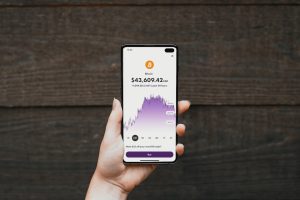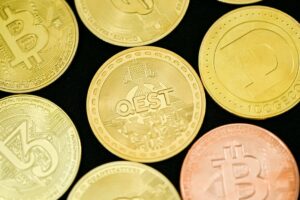Forex Session Times GMT: Navigating the Asian Market
The forex market is a decentralized global marketplace where traders buy and sell currencies. It operates 24 hours a day, five days a week, allowing traders to participate in the market at any time convenient to them. However, not all trading sessions are created equal, and understanding the different forex session times GMT is crucial for successful trading.
The forex market is divided into four major trading sessions: the Sydney session, the Tokyo session, the London session, and the New York session. Each session has its characteristics, with different levels of liquidity and volatility. In this article, we will focus on the Asian market, which includes the Sydney and Tokyo sessions.
The Asian market is often referred to as the “quiet” session, as it is known for its lower volatility compared to the other sessions. This is mainly because the major financial centers in Europe and the Americas are not open during this time, resulting in reduced trading activity. However, this does not mean that trading opportunities are limited during the Asian session.
The Asian market opens with the Sydney session at 10:00 PM GMT. Sydney is the financial hub of the Asia-Pacific region and is known for its strong presence in the forex market. During this session, the Australian dollar (AUD) and the New Zealand dollar (NZD) are the most actively traded currencies. Traders looking to trade these pairs can take advantage of the higher liquidity and tighter spreads during this time.
As the Sydney session comes to a close, the Tokyo session begins at 12:00 AM GMT. Tokyo is the largest forex trading center in Asia and is known for its high trading volume. The Japanese yen (JPY) is the most actively traded currency during this session. Traders looking to trade JPY crosses, such as USD/JPY or EUR/JPY, can find ample trading opportunities during the Tokyo session.
One advantage of trading the Asian market is the ability to take advantage of news releases that occur during this time. Economic data from Australia, New Zealand, and Japan often get released during the Asian session, which can create volatility and trading opportunities. Traders who are adept at trading news events can capitalize on these market-moving announcements.
Despite the lower volatility, it is important to note that the Asian market is not devoid of risks. While the trading ranges may be narrower during this session, unexpected geopolitical events or economic developments can still cause significant price movements. Traders should always exercise proper risk management and set appropriate stop-loss orders to protect their trades.
Another factor to consider when trading the Asian market is the overlap with other trading sessions. Towards the end of the Tokyo session, there is an overlap with the London session, which can lead to increased volatility. This overlap typically occurs between 7:00 AM and 8:00 AM GMT and is known as the “Tokyo-London overlap.” Traders who prefer higher volatility may find this period ideal for their trading strategies.
In conclusion, understanding the forex session times GMT is essential for navigating the Asian market successfully. While the Asian session may be characterized by lower volatility compared to other sessions, there are still ample trading opportunities to be found. Traders should take advantage of the higher liquidity and tighter spreads during the Sydney and Tokyo sessions. They should also be aware of news releases and the Tokyo-London overlap, which can create volatility and trading opportunities. With proper risk management and a strategic approach, traders can capitalize on the Asian market and enhance their forex trading experience.





